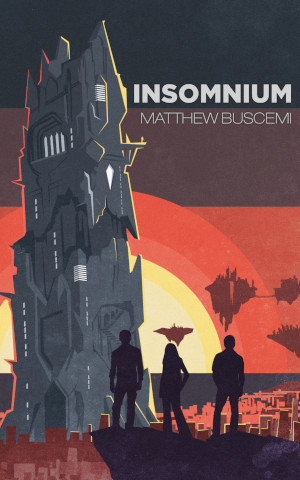Blazing Torpor
Wednesday, June 30, 2021 at 3:00pm
Last year, when the enormous plumes of wildfire smoke engulfed Seattle, I found myself in a bind. Seattle’s overnight lows in the summer will typically fall into the 10-15° C range, meaning any heat that accumulates during the day can be safely evacuated from one’s living space by opening the windows in the morning. When the smoke rolled it, the atmosphere became toxic, and opening the windows became impossible. This left me with no choice but leave the windows closed and allow my apartment’s internal temperature to rise well above the daily maximum. And at the height of the coronavirus pandemic, there wasn’t a workplace or even a public library or cafe to escape to. I ordered air purifiers, but by that point, there had been a run on them, and they didn’t show up until a few days after the event had passed (of course).
I decided not to be caught out in this way again, and so that’s why, last Wednesday, when I noticed that the predicted high for Seattle Friday through Sunday was an insane 40° C, I immediately booked myself and my husband a hotel room for the weekend.
Seattle apartment buildings, like mine, mostly do not have air conditioning units. Even most homes lack them. This is largely due to the fact that the average high this time of year is 22° C, and it has been pretty rare for Seattle to ever rise above 27°. In such an environment, why invest in AC when you’ll use it once or twice a year at best, and in many years you will not use it at all?
I imagine the most recent event will be spurring a change in most Seattleite’s behavior around air conditioning. For myself, I have pulled my own portable AC unit out of storage, though it won’t do me much good. Temperatures in Seattle (and much the Pacific coast) have fallen back into the above-average-but-tolerable range. On top of that, I live in a first-floor apartment, and so the thing cannot remain running while we are unconscious (and being able to actually fall asleep is, at least for me, the whole point of the damn thing).
There is not much for me to say on the climate change front that hasn’t already been said. I suspect that, at this point, we are likely stuck dealing with more frequent extreme weather events for the rest of our lives. I think it’s important for everyone to behave in an ecologically responsible way, but I also think we should be realistic about what we can accomplish. Can our choices save humanity from extinction? Probably. Can we do anything at this point to prevent the weather from getting more and more extreme over the next three to five decades? Probably not much, if anything at all. And so, for myself, I’m in mitigation mode. I’ll do my best to live responsibly, but I recognize that I must also plan for how I will deal with ever more extreme events. It does not seem likely or even possible that those will be diminishing anytime soon, even if I imagine the best possible legislative and regulatory outcomes.
I still maintain that “climate change” does not sound scary enough. If we want the general public to take action, we need to hit them with something more exciting, more like a Marvel movie title. For example, instead of a “heat dome” we could call it the “blazing torpor” (I came up with that one when my husband asked me to go out with him for a walk in this past weekend’s 7 am 30° heat). Instead of “forest fire smoke,” maybe “choking miasma.” “Climate change” could be “the slow failure of the Earth’s systems of biological auto-regulation.” Come to think of, it maybe we shouldn’t let software engineers (like me) name anything. We’re terrible at that.









